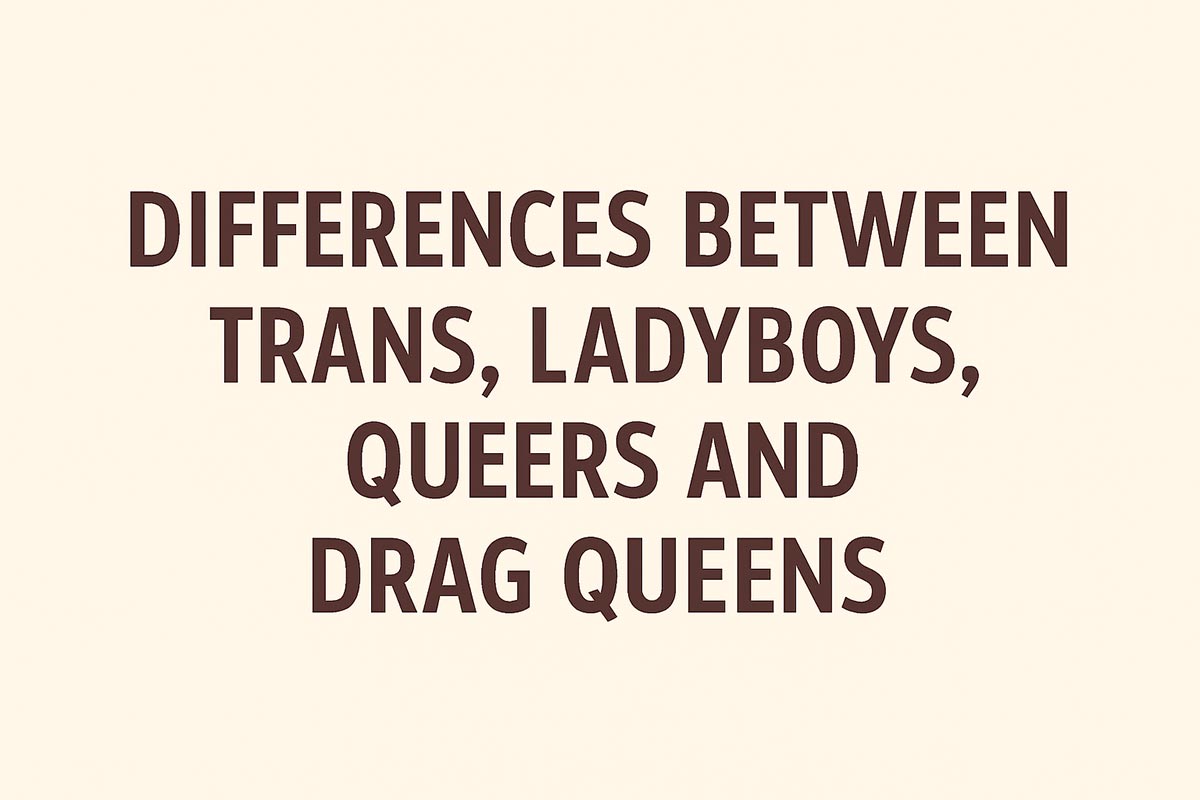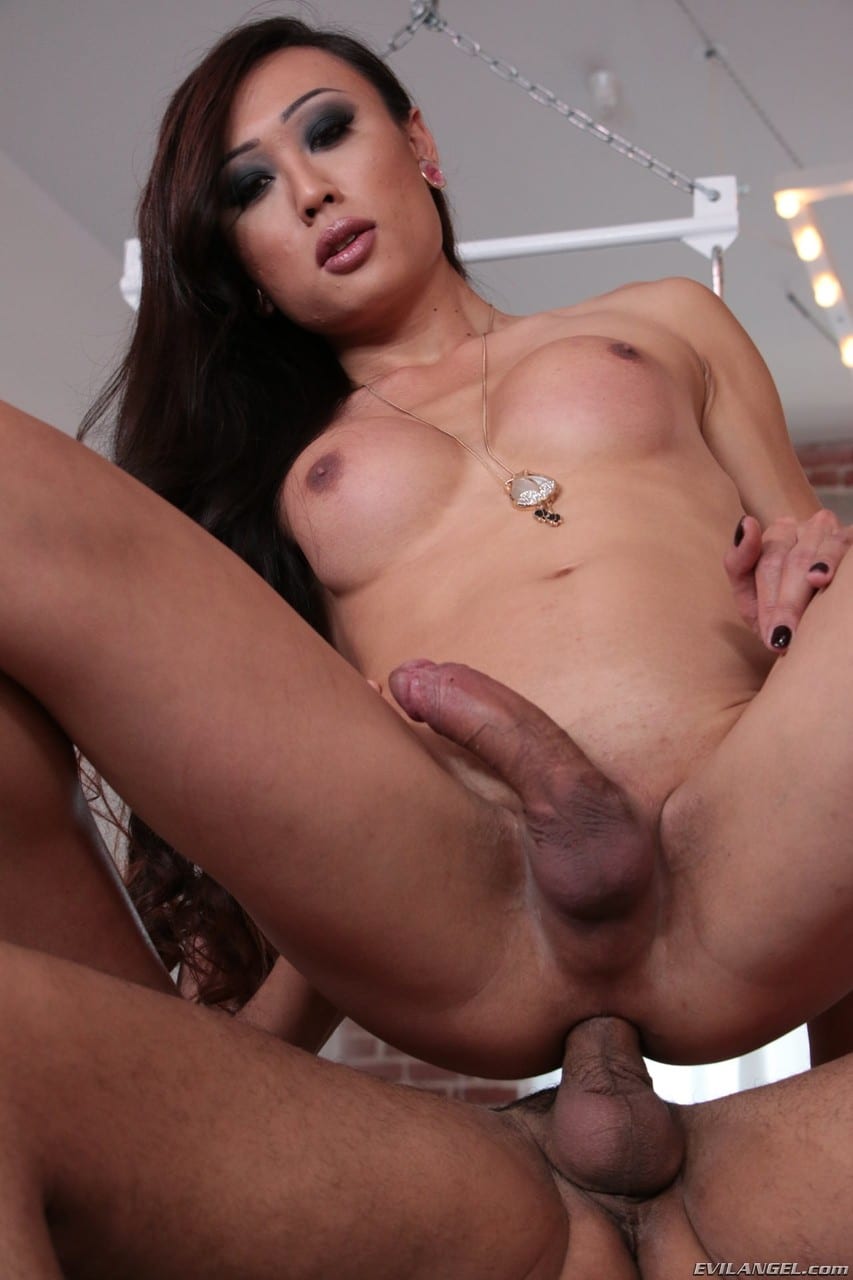
In recent years, probably fueled by the internet, we’ve seen enormous growth in porn sites and sites related to ladyboys, trans, and other nonbinary sex sites. What was once considered a niche or taboo interest has steadily evolved into a widespread, visible, and often celebrated phenomenon, signaling a significant shift in global attitudes toward gender identity, sexual expression, and erotic preferences.
The Digital Age and Sexual Discovery
The internet has long been a catalyst for exploring identity and connection, particularly when it comes to marginalized communities and sexual subcultures. With the rise of easily accessible adult content, forums, and live cam platforms, individuals can now safely explore interests that might not have been socially accepted or even known to them just a few decades ago.
Ladyboy performers, often identified as trans women or feminine-presenting individuals assigned male at birth (AMAB), have found massive audiences online. These platforms don’t just provide content—they also offer visibility, support, and a space where viewers and performers can interact without judgment.
Streaming platforms like Chaturbate, OnlyFans, and Pornhub have created ecosystems where ladyboy models not only exist but thrive. Many have developed dedicated fanbases, some reaching hundreds of thousands of subscribers across the globe. These audiences are often incredibly loyal, drawn not just by physical appeal but by personality, authenticity, and an openness about identity and desire.
Southeast Asia: The Cultural and Erotic Epicenter
While ladyboys are celebrated globally, their cultural and social roots are most visible in Southeast Asia, particularly Thailand and the Philippines. In Thailand, the term kathoey is used for ladyboys, and although there is still social stigma, many are integrated into society in ways that differ from Western narratives around trans people.
Thailand’s globally known ladyboy cabarets, such as those in Pattaya or Phuket, have long attracted tourists and admirers. For many fans, these shows represent more than just entertainment—they’re a celebration of beauty, fluidity, and gender diversity.
For some visitors, encountering a confident and glamorous ladyboy for the first time can be a revelatory experience that challenges preconceived ideas of gender and attraction. These face-to-face interactions often deepen interest, creating fans who carry their fascination back home—and online.
Shifting Definitions of Attraction
One of the most fascinating aspects of the rise in ladyboy popularity is how it reflects shifting definitions of what people find attractive. The rigid binaries of male/female, gay/straight are being questioned more than ever. Many fans of ladyboys don’t identify as gay, nor do they necessarily place themselves on a linear sexuality spectrum. Instead, they describe their attraction as “specific to the individual,” or “based on vibe,” rather than traditional gender roles.
This growing population of fans has helped normalize conversations around sexual fluidity and gender nonconformity. In some cases, these fans even find themselves advocating for greater acceptance of trans people, simply because their desire pushes them to empathize more deeply.
Porn search data also reflects this trend. Over the last decade, terms like “shemale,” “trans,” and “ladyboy” have risen in global popularity on major pornographic websites. Notably, they often rank in the top 10 most searched terms in countries not traditionally associated with LGBTQ+ openness. This disconnect between public morals and private interests says a lot about the complex relationship many people have with gender and desire.
Beyond Porn: Emotional and Romantic Connection
While adult content has played a significant role in the rising interest in ladyboys, it’s not just about sex. Online dating apps and social media platforms like Twitter, Reddit, and Instagram have allowed people to form romantic and emotional relationships with ladyboys around the world. Some fans eventually travel overseas to meet, date, or even marry ladyboy partners, especially in countries like Thailand or the Philippines where cultural openness—combined with financial factors—make such relationships more common.
These international relationships are often met with skepticism or fetishization in the West, but for many involved, they’re genuine and deeply meaningful. Ladyboys themselves often express that they’re not just looking for admiration—they want respect, love, and long-term connection like anyone else.
The Role of Media and Representation
Mainstream media has also played a role, albeit slowly, in shifting perspectives. While there’s still limited representation of ladyboys in Western television and cinema, platforms like YouTube and TikTok have given voice to countless trans and nonbinary individuals. Some ladyboy influencers now have millions of followers, speaking openly about their lives, challenges, and triumphs.
This normalization is critical. It allows viewers—especially those new to the concept—to understand that being a ladyboy isn’t just a sexual category, but a lived experience with emotional, cultural, and personal dimensions.
The Dark Side: Fetishization and Exploitation
Of course, this rise in popularity is not without controversy. Many critics argue that the interest in ladyboys is often rooted in fetishization rather than genuine respect for trans people. Some fans view ladyboys as exotic or taboo sexual objects, rather than complex individuals with their own agency and identity.
This fetishization can be harmful, leading to unrealistic expectations, emotional manipulation, and even abuse. Moreover, the adult industry itself is not immune to exploitation, especially in countries where economic hardship may push individuals into sex work as a last resort rather than a chosen career.
Advocates stress the importance of separating erotic interest from objectification. It’s entirely possible to be attracted to ladyboys while also respecting their humanity, boundaries, and rights.
A New Era of Acceptance?
Despite the challenges, it’s clear that the world is changing. Conversations around gender, sex, and attraction are becoming more nuanced. The fanbase for ladyboys continues to grow—not just because of sexual curiosity, but because society is slowly beginning to embrace identities that don’t fit into traditional molds.
In a sense, the rising interest in ladyboys is not just about adult content or online communities—it’s a signal that people are seeking authenticity, fluidity, and freedom in how they relate to themselves and others. It’s also a sign that trans and nonbinary people are no longer hidden or on the fringes—they’re stepping into the spotlight, often with confidence and power.
Final Thoughts
Whether driven by sexual curiosity, romantic interest, or simple admiration, the global fascination with ladyboys reflects a broader shift in how we understand gender, desire, and identity. As more people connect across cultural and digital borders, we’re likely to see even greater visibility for ladyboys—not just as performers or objects of attraction, but as fully human individuals who challenge us to rethink the limits of gender and love.


